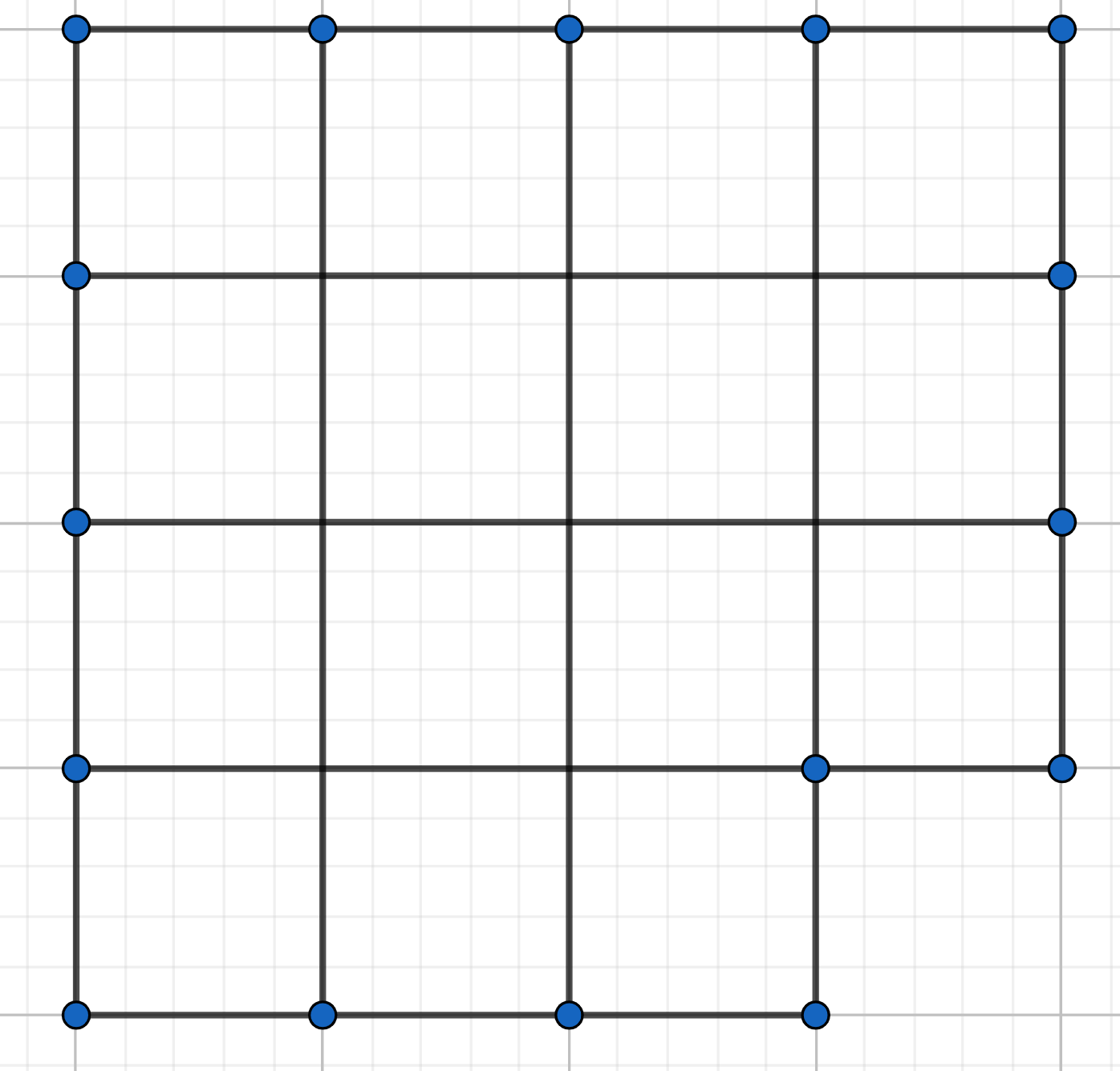Problems
After removing a \(1\times 1\) square from the corner of a \(4\times 4\) square, we are left with the following shape:

how can we cut this into three congruent shapes?
Max asked Emily how old she was. She replied that she was 13 years old the day before yesterday, and will be 16 next year. Then, Max asked her brother, whether it was true, and he said yes. How is it possible if nobody was lying?
The date 21.02.2012 reads the same forwards and backwords (such numbers are called palindromes). Are there any more palindrome dates in the twenty first centuary?
Do there exist three natural numbers such that neither of them divide each other, but each number divides the product of the other two?
Find all the solutions of the puzzle and prove there are no others. Different letters denote different digits, while the same letters correspond to the same digits. \[M+MEEE=BOOO.\]
Place coins on a \(6\times 6\) chequered board (one coin on one square), so that all the horizontal lines contain different number of coins, and all vertical lines contain the same number of coins.
Is it possible to arrange some group of distinct numbers in a circle so that each number equals the sum of its neighbours?
A big square was cut into smaller squares. Sebastian used all the pieces and constructed two squares with different side lengths by glueing the pieces together. Show an example of how he could do that.
Sarah is writing down natural numbers starting from 2. She notices that each time she writes the next number the sum of all written numbers is less than their product. She believes she can find such 57 natural numbers (not necessarily different from each other) that their sum will be greater than their product. Do you think it is possible?
(a) Can you find a set of distinct numbers which can be arranged in a circle in such a way that each number equals the product of its neighbours?
(b) Is it true that each solution of Example 1 is determined by the values of two neighbouring numbers?